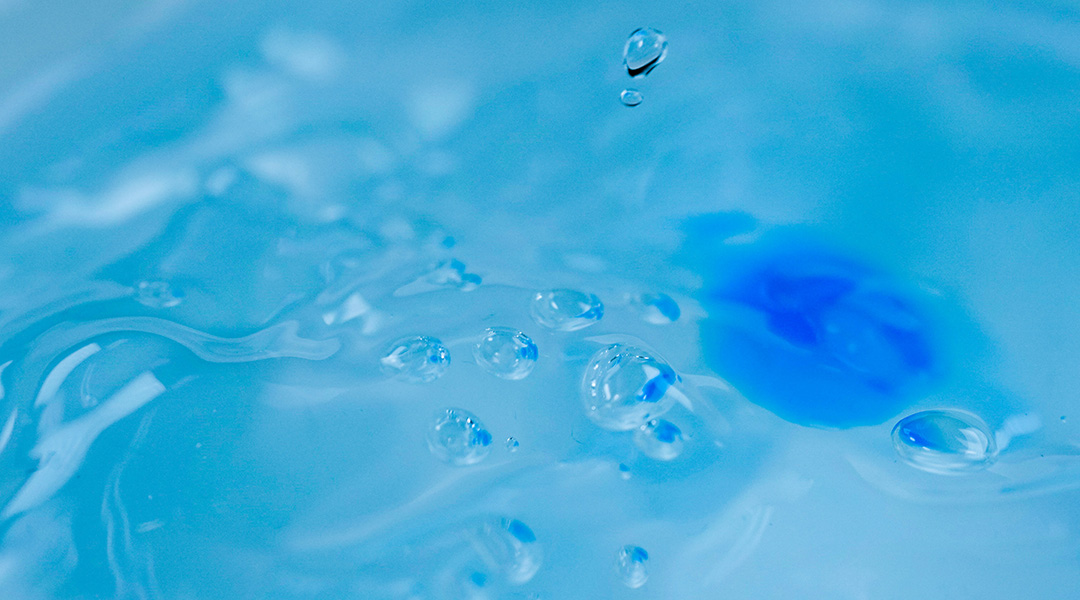Polluted water causes around 1.8 million deaths every year, and contributes to chronic health problems, like skin diseases, reproductive issues, and neurological disorders. People living in disadvantaged areas are particularly at risk, in part because they are less likely to have access to clean water but also because water quality testing is expensive and out of reach for many of these communities.
Industrial contaminants, such as lead and other heavy metals, don’t biodegrade, wrote the authors of a study recently published in the Chinese Journal of Analytical Chemistry. “As a result, these hazardous elements permanently endanger both human health and aquatic ecosystems. Even at low concentrations, exposure can have immediate and long-term consequences for human health.”
Lead is of particular concern. “Lead pollution is mostly caused by the manufacturing of PVC pipes used in agriculture and sanitary systems, as well as by lead batteries,” the researchers wrote. “Exposure to lead in humans causes haematological, neurological, and renal [kidney] side effects, including developmental and behavioral problems in young children, inhibition of haemoglobin synthesis, and kidney disease or hyperuricemia.”
Improving on expensive detection methods
Lead can be detected in water with techniques like atomic absorption spectrometry, which identifies specific elements based on whether they will absorb unique wavelengths of light. Conventional techniques take time, however, and require expensive equipment, which makes them impractical for use in remote or disadvantaged areas.
Electroanalytical methods are less expensive and easier to use — these methods rely on electrochemical sensors that react to a specific element and convert the information into an electrical signal. Even these methods, however, can be refined to make them more accurate and more cost-effective.
In their study, the researchers used a conductive polymer known as polyaniline to enhance the electrical conductivity of an ultrathin nanocomposite material called a layered double hydroxide. They then integrated the material into an electrochemical sensor called a carbon paste electrode.
The goal of the study was to see if the composite electrode could be used for low-cost, portable detection of heavy metals in water.
Effective and inexpensive
The study focused on lead (II), a metal ion often found in industrial waste discharge and one of the most toxic metal ions — it bioaccumulates and can even cause death at high exposure levels.
The researchers found that their modified electrode was not only effective at detecting lead (II) ions, but it could also significantly reduce the cost of the detection process. The researcher’s analysis concluded that their test cost less than 0.1% of the same test done using conventional methods, like atomic absorption, which require expensive off-site equipment. Since the electrodes are portable and cheap — around $1.25 USD a piece — they can be used on-site and disposed of afterward, making them a much less costly alternative.
The research is promising, but the authors also note that there’s still work to be done. “Further studies are still required to investigate other members of [layered double hydroxide] conductive polymer nanocomposites with different chemistries of both phases and/or different morphologies, preparation methods, percentage loading, and particle sizes,” they wrote.
“Their research suggests that this composite electrode has the potential for a significant reduction of the pollutant analysis cost,” said Di Wu, associate professor of chemical engineering and bioengineering at Washington State University, who was not involved in the study. “This is surely a first step towards an economical, real-time pollutant analysis for both chemical engineers and environmental scientists focusing on water research.”
Reference: Morris Kamel, et al., Cost-effective layered double hydroxides/ conductive polymer nanocomposites for electrochemical detection of wastewater pollutants, Chinese Journal of Analytical Chemistry (2024). DOI: 10.1016/j.cjac.2024.100368

















